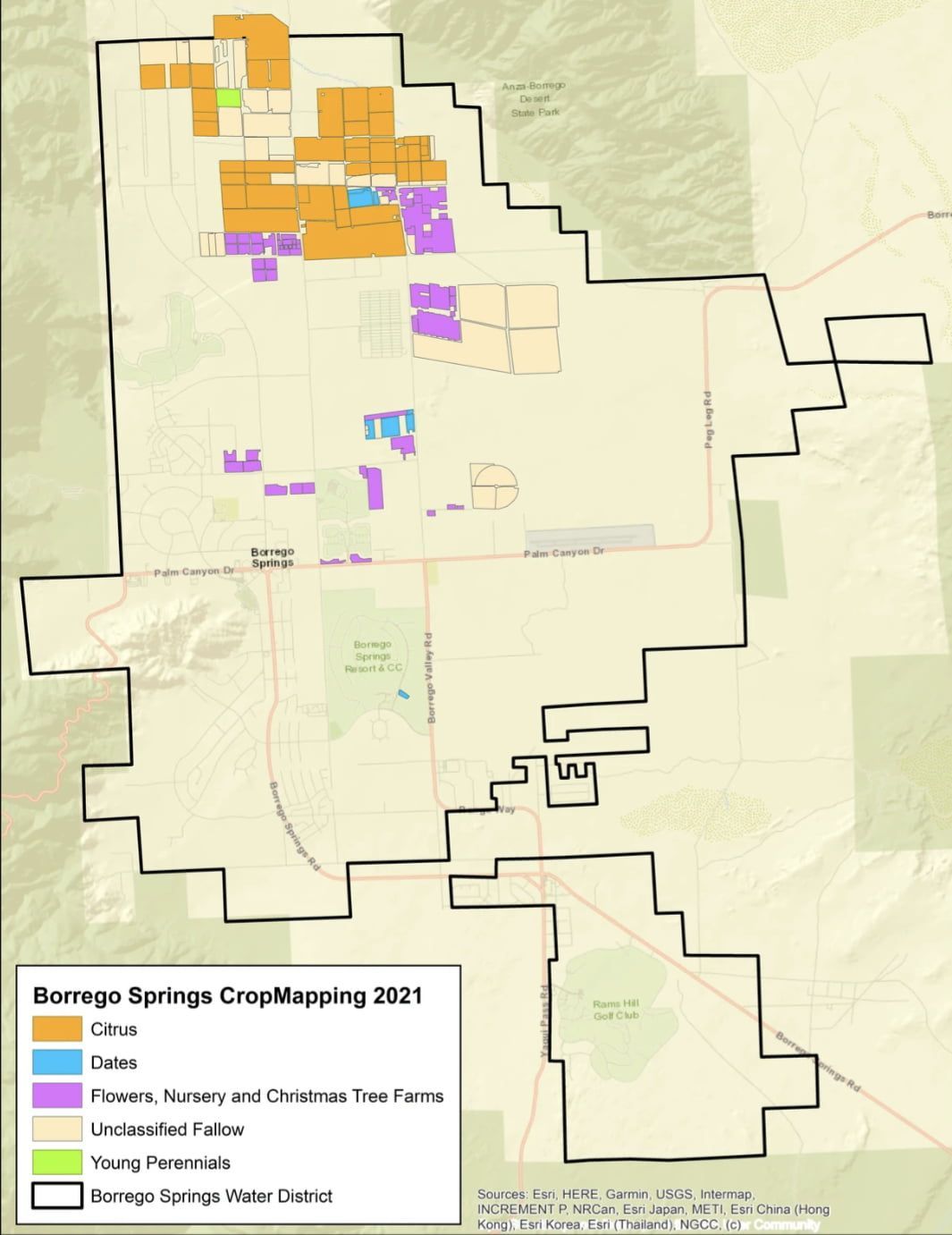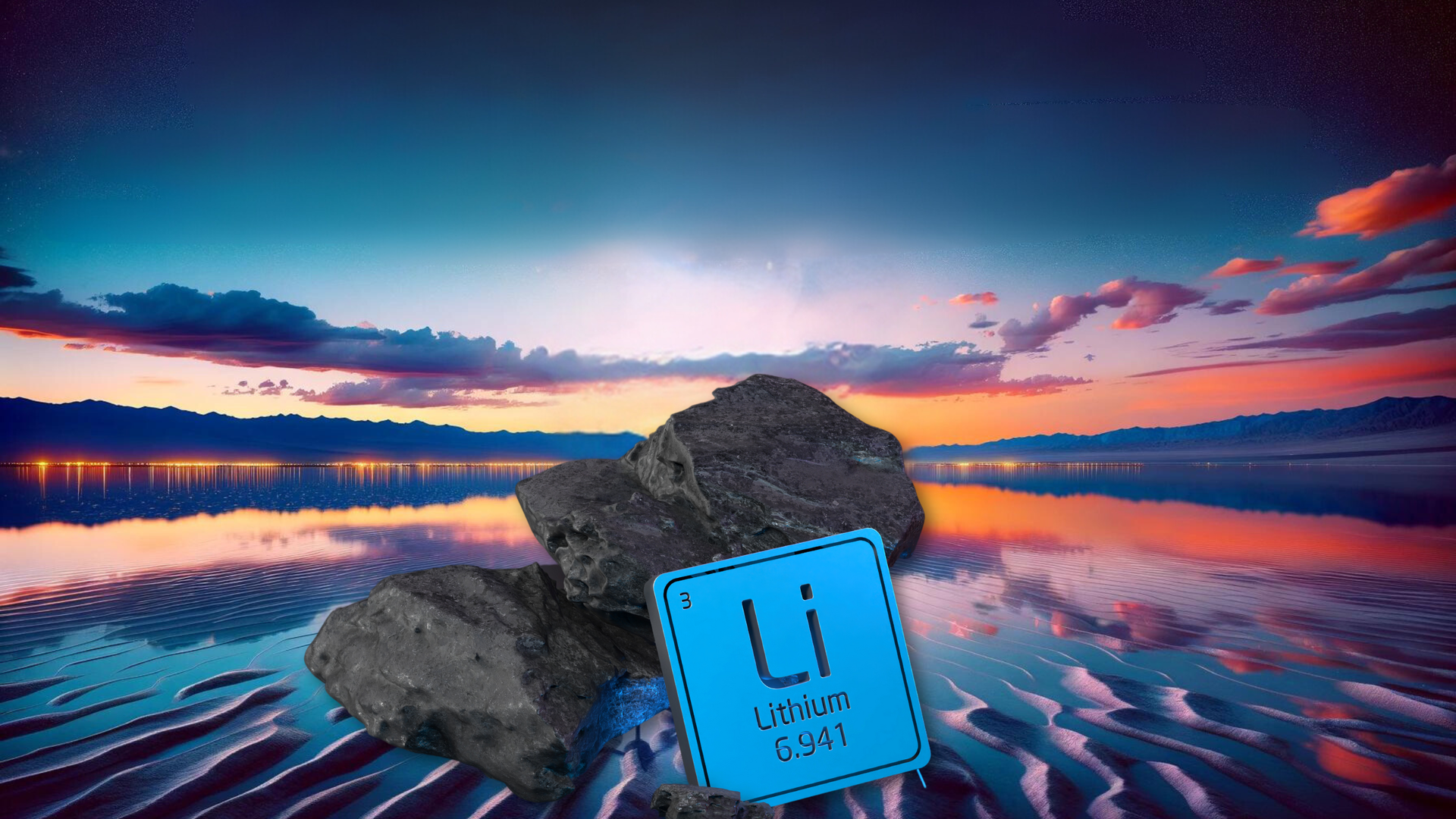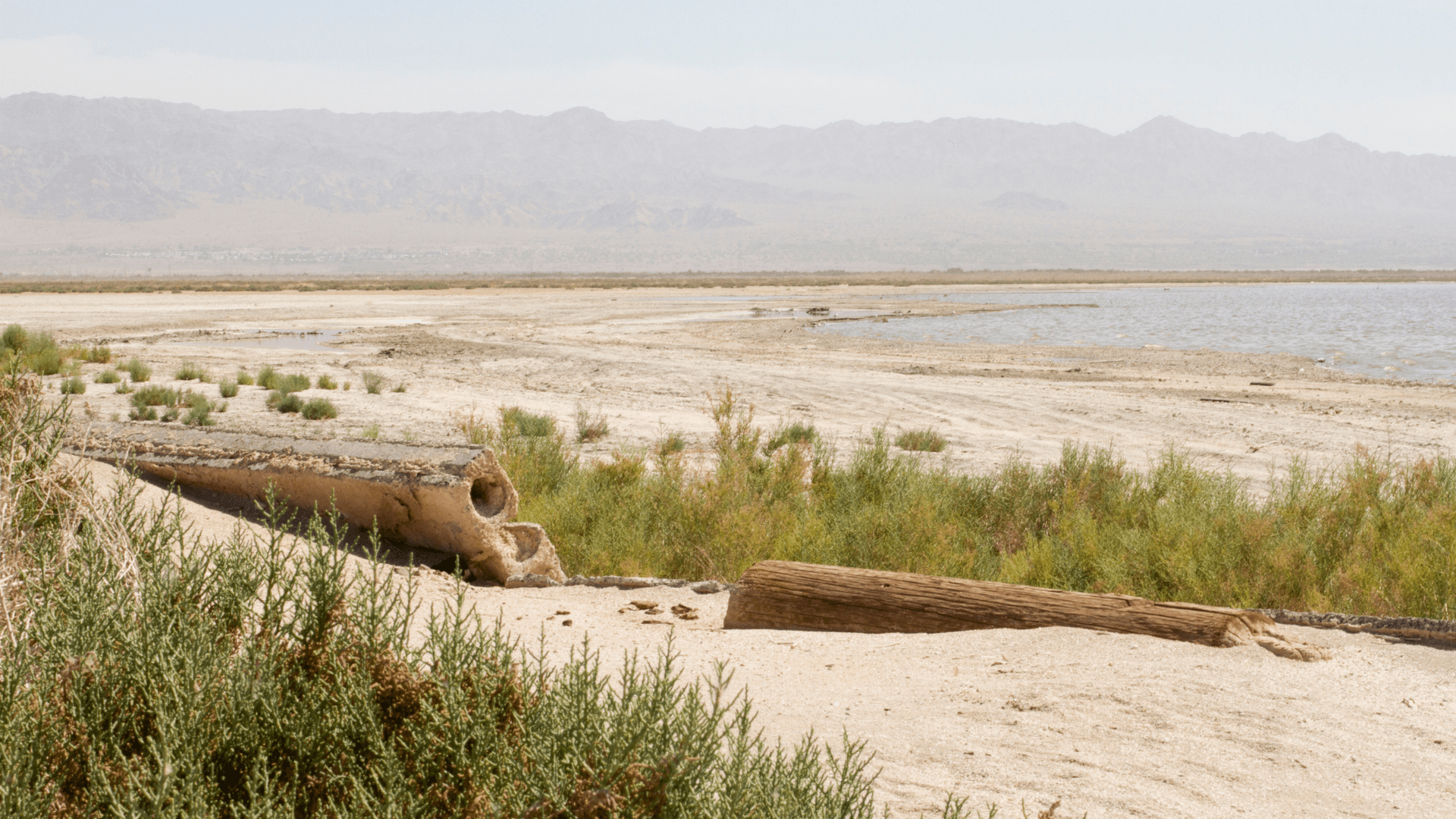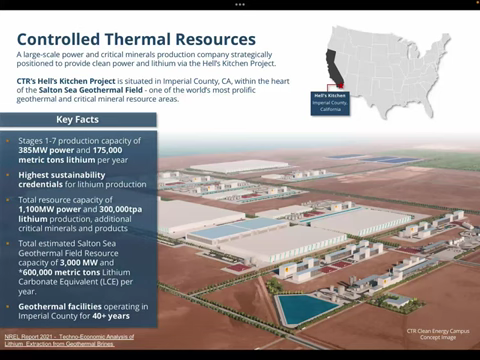Land Repurposing for Sustainable Groundwater Use: Borrego Springs
Share

Protecting California’s Groundwater: The Vital Mission of Borrego Springs Subbasin
Groundwater basins in California, including the Borrego Springs Groundwater Subbasin, are taking steps to achieve sustainable groundwater use. As the sole water source for Borrego Springs and surrounding areas, managing this valuable resource is crucial for the community, citrus farms, and golf courses in the region.
The Land IQ Habitat Restoration Team, in collaboration with the Land Based Science Team, is working with the Borrego Springs Watermaster on a grant-funded project to implement the Borrego Springs Groundwater Management Plan. This plan aims to reduce groundwater pumping by 75% by 2040, ensuring the long-term sustainability of water resources.

Restoring Fallowed Lands
One important aspect of this plan is the Biological Restoration of Fallowed Lands. To meet the sustainability goal, some agricultural land will need to be fallowed. However, this action may have adverse environmental consequences, such as dust emissions, invasive plant species establishment, and landscape degradation.
Mitigating Environmental Impact
Land IQ’s responsibilities include implementing strategies to avoid, reduce, and mitigate the potential adverse effects of fallowing. The focus is on rehabilitating native landscapes through the analysis of existing data and the development of prioritization criteria.
Ongoing Studies
Field studies are already underway to monitor the natural rehabilitation of lands that have been fallowed for various time periods. Additional research includes investigating the effectiveness of treatments like brush piles and mulch strips in providing micro-habitats for plant establishment.
Building a Sustainable Future
By analyzing data, studying natural rehabilitation, and exploring various rehabilitation strategies, the goal is to prioritize land fallowing areas effectively and develop specific plans for land restoration. Ultimately, this project aims to create a sustainable future for Borrego Springs, preserving the region’s water resources and maintaining its unique landscape.
Note: This initiative is part of broader efforts to ensure a sustainable and thriving community. Residents are encouraged to stay informed and engaged in the process to safeguard the future of Borrego Springs.








